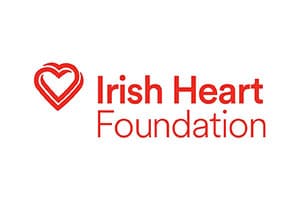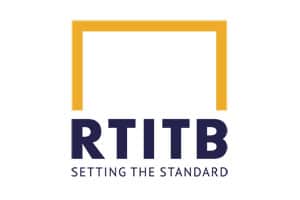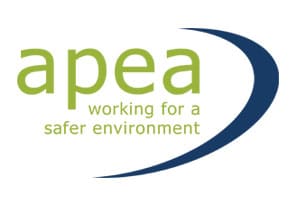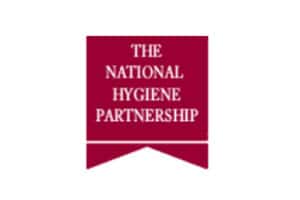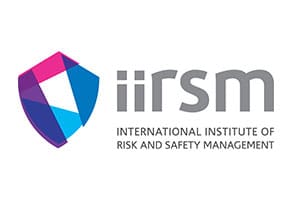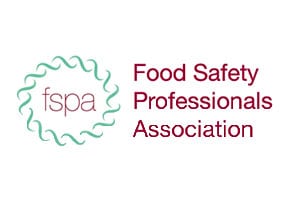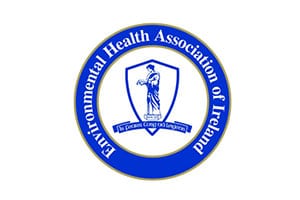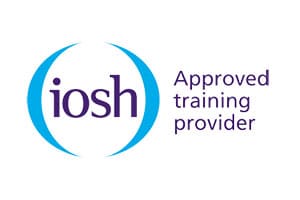Workplace burn awareness is a crucial aspect of occupational safety. Burns in the workplace can result from various sources, including hot surfaces, open flames, chemicals, electricity, and more. Here are some key considerations for burn awareness in the workplace:
- Training and Education:
- Ensure that employees receive proper training on burn hazards specific to their workplace.
- Conduct regular safety training sessions to educate employees on how to identify and mitigate burn risks.
- Use of Protective Equipment:
- Provide and enforce the use of appropriate personal protective equipment (PPE) such as heat-resistant gloves, eye protection, and flame-resistant clothing.
- Ensure that employees know how to use PPE correctly and that it is readily available.
- Safe Work Practices:
- Implement safe work practices to minimize the risk of burns. For example, establish clear guidelines for handling hot materials, working with chemicals, or operating equipment that generates heat.
- Emergency Response:
- Establish clear emergency response procedures in case of a burn incident. This includes having accessible first aid kits, eye wash stations, and emergency showers.
- Train employees on first aid procedures for burns and ensure that designated personnel are trained in advanced life support techniques.
- Fire Safety:
- Conduct regular fire drills and ensure that employees know how to use fire extinguishers.
- Maintain proper fire safety protocols and ensure that flammable materials are stored and handled safely.
- Electrical Safety:
- Implement measures to prevent electrical burns, such as regular equipment maintenance and electrical safety training.
- Ensure that employees are aware of the dangers associated with working with electricity and are trained to follow safety procedures.
- Chemical Safety:
- Provide information on the proper handling and storage of chemicals to prevent chemical burns.
- Ensure that Material Safety Data Sheets (MSDS) are readily available for all hazardous substances used in the workplace.
- Workplace Ergonomics:
- Address ergonomic issues to prevent injuries related to repetitive tasks or awkward postures, which could lead to burns indirectly.
- Regular Safety Audits:
- Conduct regular safety audits to identify and address potential burn hazards in the workplace.
- Encourage employees to report any unsafe conditions or practices promptly.
- Promote a Safety Culture:
- Foster a workplace culture that prioritizes safety and encourages open communication about potential hazards.
By implementing these measures, employers can contribute to creating a safer workplace and reducing the risk of burn injuries among their employees.
